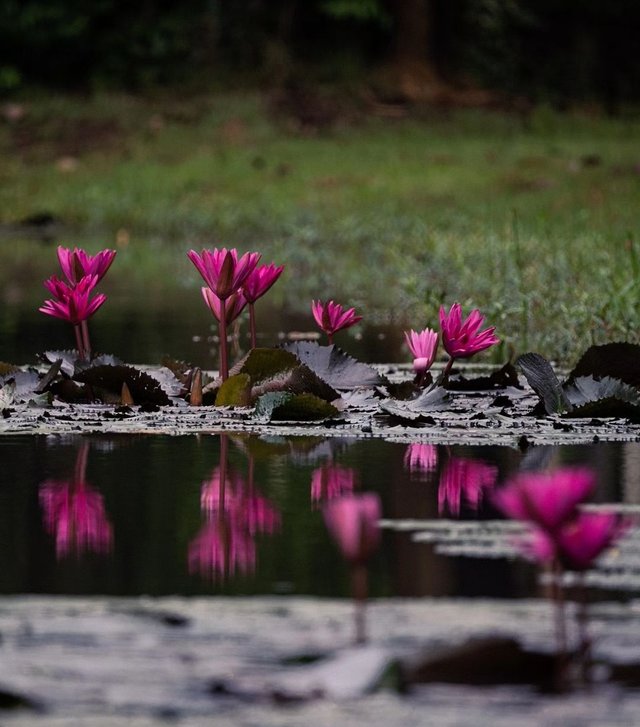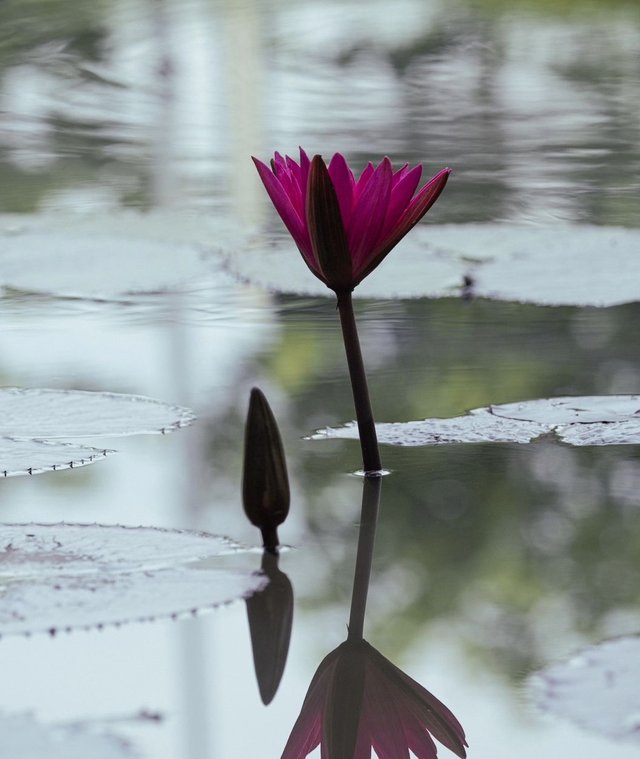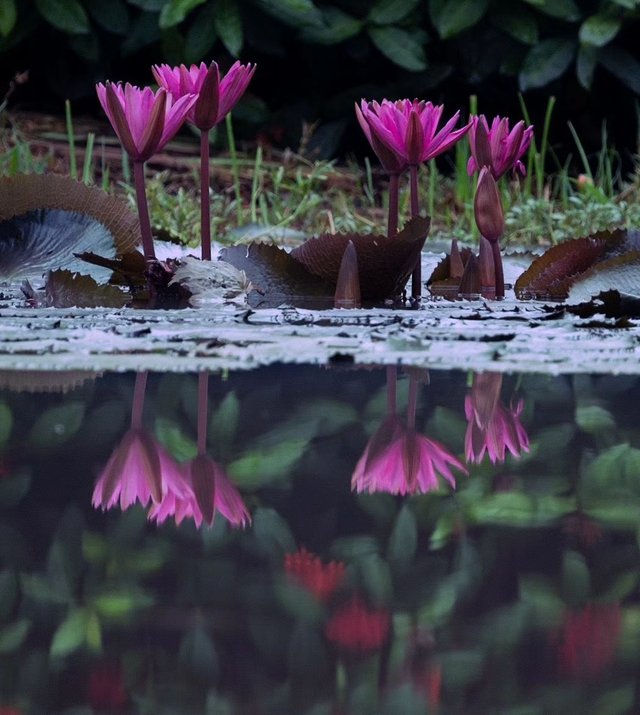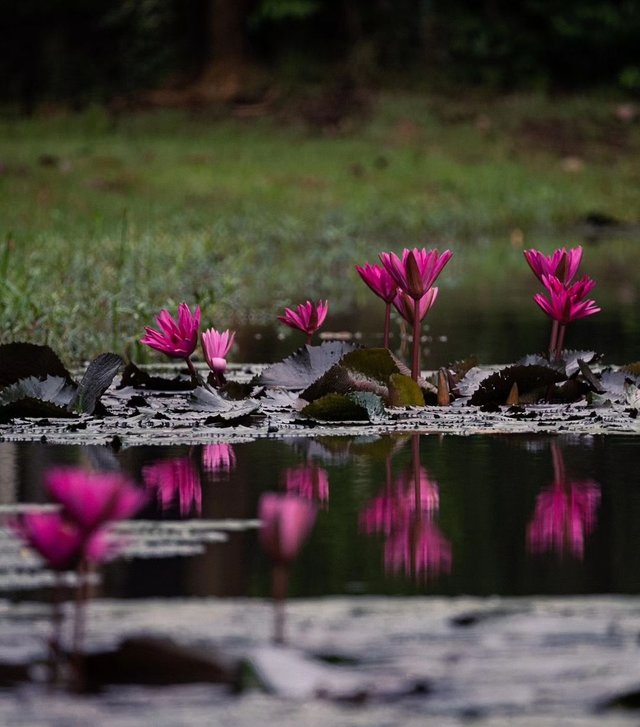Beautiful Colour Water Lilly
The water lily, a timeless symbol of beauty and tranquility, has captured the imagination of artists, poets, and nature lovers for centuries. Found in still and slow-moving bodies of water, these floating flowers are not just a visual delight but also play a vital role in the ecosystem. In this post, we'll explore the water lily's fascinating biology, cultural significance, and ecological importance.
Biological Marvel
Water lilies belong to the family Nymphaeaceae, which comprises around 70 species spread across temperate and tropical regions worldwide. These aquatic plants are known for their large, round leaves, commonly referred to as lily pads, which float on the water's surface. The flowers, which can be white, pink, yellow, blue, or even purple, emerge on long stalks that rise above the water. They are typically large and fragrant, with multiple layers of petals surrounding a central cluster of stamens and pistils.
One of the most remarkable features of water lilies is their adaptation to aquatic life. The broad, flat leaves are designed to maximize sunlight absorption, crucial for photosynthesis in a water environment. Their stems contain specialized air channels, which allow them to float and transport oxygen to submerged parts of the plant. The waxy coating on the leaves repels water, preventing them from becoming waterlogged and sinking.
Ecological Role
Water lilies are more than just beautiful; they are vital to the health of aquatic ecosystems. Their large leaves provide shade, which helps regulate water temperature and reduces the growth of algae, which can otherwise deplete oxygen levels in the water. This cooling effect is crucial for the survival of many aquatic species, including fish and amphibians, which rely on cooler water temperatures.
The roots of water lilies also play an essential role in maintaining water quality. They anchor into the muddy bottoms of ponds and lakes, helping to stabilize sediments and prevent erosion. Additionally, these roots absorb nutrients from the water, which can help prevent the overgrowth of algae.
Water lilies also provide habitat and food for various species. Insects, such as dragonflies and damselflies, often lay their eggs on the leaves, while frogs and turtles use the pads as resting spots. The flowers attract pollinators like bees and beetles, and some fish species find shelter among the plant's submerged parts.




